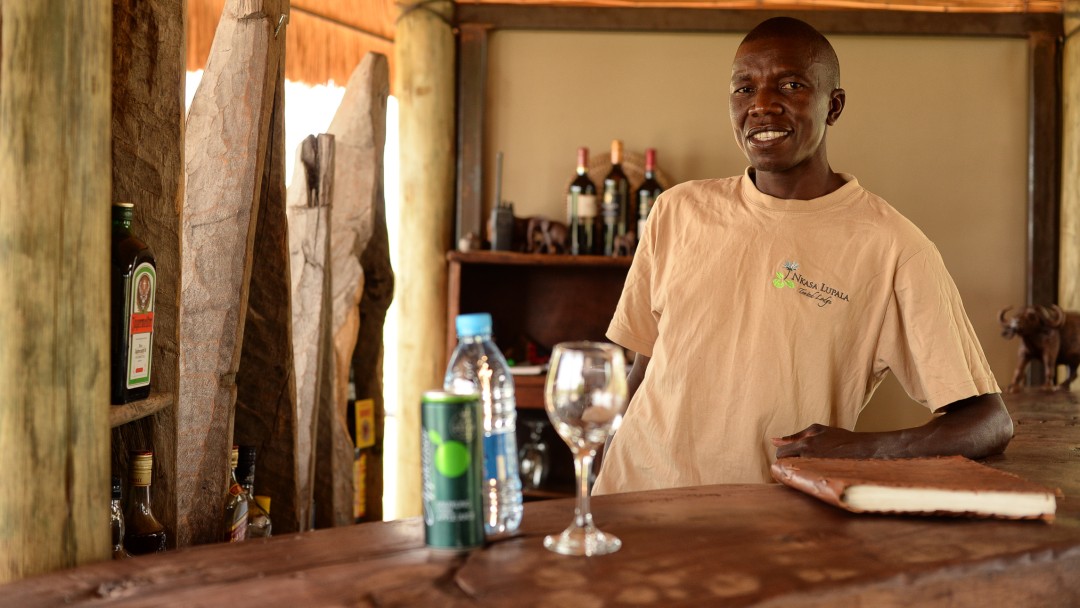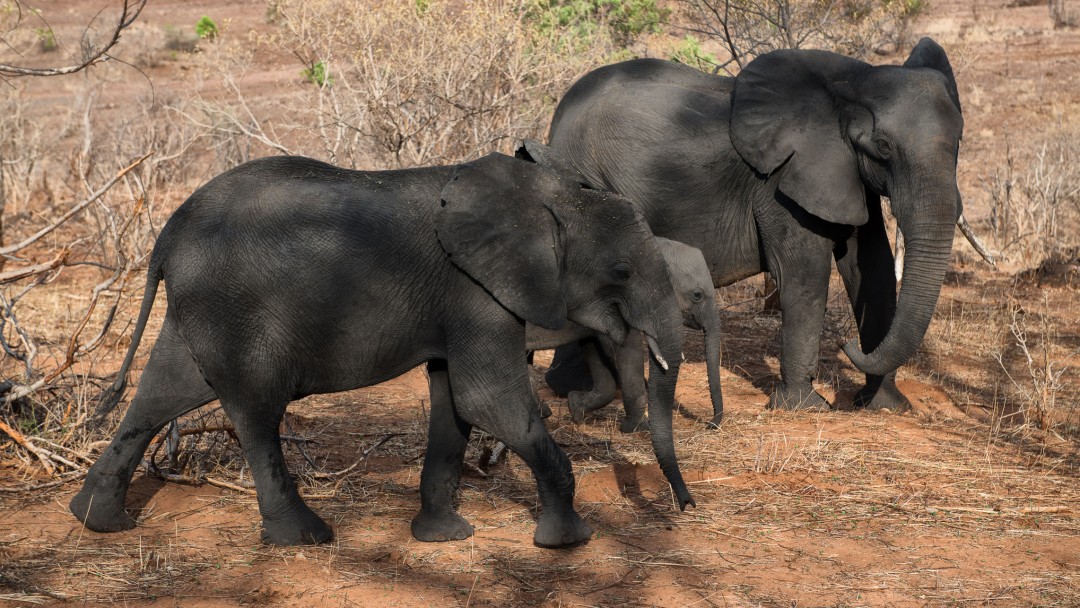News from 2016-12-21 / KfW Development Bank, Sustainability
Noah's ark for Africa's biodiversity
Ten years ago, KfW laid foundations for the KAZA conservation area in southern Africa
A huge area in southern Africa offers habitats for wild animals - this is the concept of the KAZA Transfrontier Conservation Area. Ten years ago with the support of KfW, the agreement was signed that got the ball rolling for the conservation area in southern Africa. The conservation territory offers a future for Africa’s wild animals, which are threatened elsewhere.
Botswana is already groaning with the vast number of elephants which live in the country. The wild animals plunder the fields in their search for food. This overpopulation arose because elephants were heavily hunted in Angola during the civil war and were displaced into the neighbouring country of Botswana. Corridors are open for them once again to return to their original homeland along their old migratory routes. This is one of the successes of the KAZA Transfrontier Conservation Area, which is bordered by the Kavango (KA) and Zambesi (ZA) rivers.
Five countries had to agree on a common approach. Ten years ago, in the autumn of 2006, this was achieved with the support of KfW. Angola, Botswana, Namibia, Zambia and Zimbabwe signed a declaration of intent towards establishing KAZA. On behalf of the German Federal Ministry for Economic Cooperation and Development (BMZ), KfW has since supported KAZA with a grant of EUR 20 million, and by 2021 will have provided an additional EUR 15.5 million.
KAZA consists of a network of national parks, protected forest areas, wild animal reserves and unique wetlands, connected by corridors. Together they cover an area the size of Spain. Since the foundation of KAZA, the rangers working there have been systematically trained. Their support bases are better equipped. The migration corridors and the conservation areas are mapped, identified and given management plans. Fences and other measures stop elephants from getting into human settlements.
In addition to the pachyderms, lions, cheetahs and leopards also live in the wilderness of KAZA. Zebra migratory routes run through the territory. Some of the continent’s most important wetlands also form part of it. "Whereas the wilderness is rapidly disappearing in other regions of Africa, the future prospects for KAZA are better", points out KfW expert Nils Meyer. "Through good management, a Noah's ark for Africa's biodiversity can be created."
Jobs in tourism emerge
Nature conservation can only work when the residents both benefit from it and support it. KAZA is therefore designed so that the people in the region can earn something through it. The communities are assigned special landscape protection areas, known as “conservancies”. There, they can lease hunting rights, photo safaris and accommodation, and thereby generate revenue from tourism. This creates jobs, not only for rangers, but also in the upkeep of the lodges, for cooks and guides and for those delivering food.
Until now, attractions such as Victoria Falls, on the border of Zambia and Zimbabwe, and the Okavango Delta in Botswana or the Chobe National Park have pulled in the most tourists. But even in Angola and Zambia, spectacular wilderness areas are being restored, which are safe and easy to reach. There is still significant potential here to create additional income. The aim is to introduce a common visa for the five participating countries in order to facilitate travel across borders.
"The objectives of KAZA can only be achieved in the long-term because it is about harmonising a whole series of measures on nature conservation, development, peace and security across borders", explains Nils Meyer. The return of the elephants from Botswana to Angola is only the first step on a long road.



Share page
To share the content of this page with your network, click on one of the icons below.
Note on data protection: When you share content, your personal data is transferred to the selected network.
Data protection
Alternatively, you can also copy the short link: https://www.kfw-entwicklungsbank.de/s/enzBWrMC.BfrA
Copy link Link copied